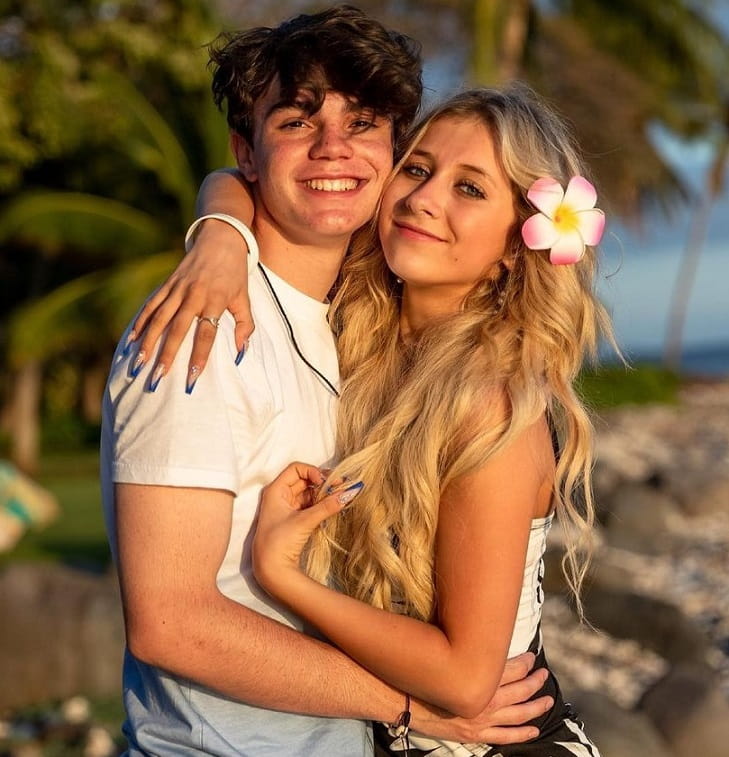Are Girls Allowed In Motogp?

In recent years, the world of motorsport has garnered increasing attention for its thrilling races and the adrenaline-pumping competition among top racers. MotoGP, the premier class of motorcycle road racing, is at the forefront of this excitement. While the sport has traditionally been male-dominated, a significant question arises: Are girls allowed in MotoGP? This inquiry not only reflects on gender inclusivity but also highlights the evolving landscape of motorsports.
As we explore this topic, we will delve into the history of women in MotoGP, current participation levels, and the barriers that remain. Furthermore, we will look at inspiring female figures in the sport and the initiatives aimed at promoting gender equality.
Quick Info Table
| Topic | Details |
|---|---|
| MotoGP Established | 1949 |
| First Female Racer | Tarja Kumpulainen (1993) |
| Current Female Racers | Maria Herrera, Ana Carrasco |
| Women in Management | Increasing roles in teams and organizations |
| Notable Initiatives | Women in Motorsports programs |
The Historical Landscape of Women in MotoGP
The journey of women in MotoGP began in the early 1990s, with Tarja Kumpulainen being the first female racer to compete in a Grand Prix event. Although her participation was groundbreaking, it was not until the 21st century that women began to gain more visibility in the sport.
In the years that followed, female competitors have gradually made their mark. Notable figures include Maria Herrera, who has competed in various Moto3 events, and Ana Carrasco, who made history in 2018 by becoming the first female rider to win a world championship in a solo class, clinching the title in the Supersport 300 category.
Current Participation of Women in MotoGP
While women are allowed to compete in MotoGP, their representation remains low. The overall percentage of female riders in the sport is still a fraction of the total number of competitors. However, the presence of women in various roles within the MotoGP community is on the rise.
Women are increasingly taking on roles as engineers, team managers, and in other crucial positions that support the sport. For instance, several teams have female members in technical and managerial roles, contributing to a more inclusive environment.
Barriers to Entry for Female Racers
Despite the progress, several barriers prevent more women from participating in MotoGP. These challenges include:
- Financial Constraints: Motorcycle racing is an expensive sport. Many female riders face financial obstacles that hinder their ability to compete at higher levels.
- Lack of Visibility: With fewer female racers, there is less media coverage and sponsorship opportunities, creating a cycle that makes it harder for women to break through.
- Cultural Stereotypes: Traditional gender roles in many cultures still view racing as a male-dominated activity, which can discourage potential female racers from pursuing their passion.
Inspiring Female Figures in MotoGP
Several female figures have inspired a new generation of riders and fans:
-
Ana Carrasco: As mentioned earlier, she is a trailblazer in the sport, proving that women can not only compete but also excel at the highest levels. Her achievements have encouraged young girls to pursue their dreams in motorsports.
-
Maria Herrera: Another prominent figure, Herrera continues to compete in Moto3 and serves as a role model for aspiring female racers. Her persistence and dedication highlight the potential of women in the sport.
These women not only showcase talent and determination but also serve as ambassadors for gender equality in motorsports, inspiring others to follow in their footsteps.
Initiatives Promoting Gender Equality in MotoGP
Efforts to promote female participation in motorsports have gained momentum in recent years. Organizations like Women in Motorsports are working to create opportunities for women in various roles within the racing community. These initiatives include:
- Mentorship Programs: Pairing young female racers with experienced mentors to guide them through the challenges of the sport.
- Workshops and Training: Offering training sessions that focus on both racing skills and the technical aspects of motorcycle maintenance and engineering.
- Sponsorship Opportunities: Collaborating with brands to provide financial support and visibility for female racers.
These initiatives are vital for creating a supportive environment where women can thrive in MotoGP and other motorsport disciplines.
Alternative Perspectives on Women in MotoGP
While many support the inclusion of women in MotoGP, some critics argue that the sport should focus solely on talent and performance, regardless of gender. They suggest that a meritocracy should prevail in competitive racing, where the best riders earn their place based on skill alone.
However, the lack of female representation indicates that talent alone does not guarantee equal opportunities. Thus, discussions around inclusion and representation are essential for fostering a diverse racing community that reflects society as a whole.
Conclusion
In conclusion, the question of whether girls are allowed in MotoGP is not just a matter of rules but a reflection of the ongoing journey toward inclusivity in motorsports. While women can compete and have made significant strides in the sport, barriers still exist that hinder their full participation.
The inspiring stories of female racers like Ana Carrasco and Maria Herrera showcase the potential of women in MotoGP, while initiatives aimed at promoting gender equality play a crucial role in shaping the future of the sport. As we move forward, it is essential to continue advocating for equal opportunities in MotoGP and beyond, ensuring that talent is recognized and celebrated, regardless of gender.
Ultimately, the inclusion of women in MotoGP enriches the sport and paves the way for a more diverse and vibrant racing community, inspiring future generations to chase their dreams—on and off the track.



Comments ()